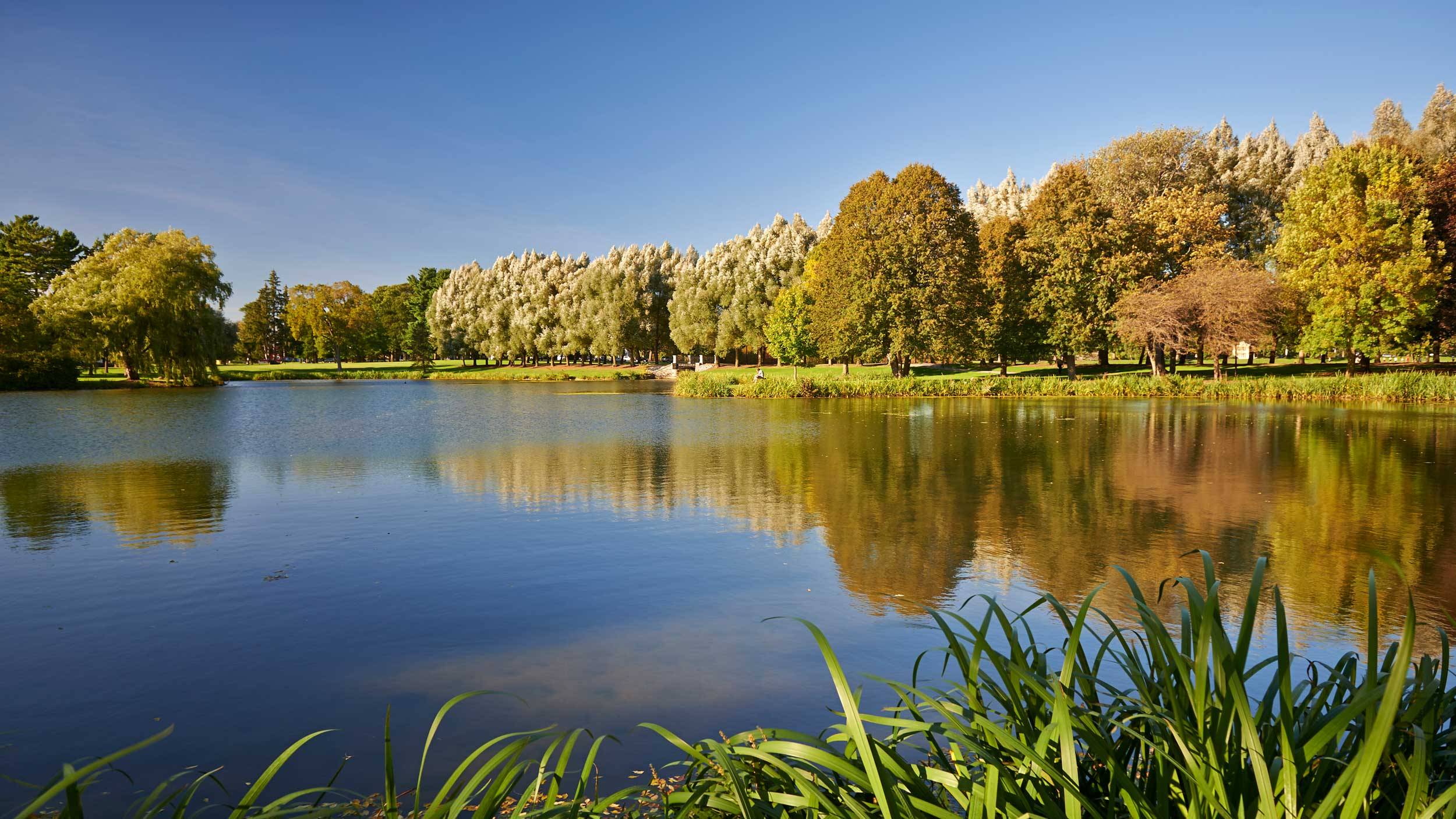(Editor's note: The following story is by Office of Sustainability Intern Isabel Dove '19)
Colgate University has fulfilled its commitment to achieving carbon neutrality in 2019, its Bicentennial year. The University is now the first institution of higher education in New York State to reduce its net carbon emissions to zero.
“I’m thankful for the opportunity to be a student of a leading university that promotes sustainability on a campuswide level,” said environmental studies and geography double major Chaveli Miles ’19. “I think it says a lot about the Colgate community that this decision to pursue carbon neutrality was made nearly 10 years ago. It's rare to find an institution, of any kind, setting goals of this magnitude and achieving them in a timely manner that maximizes impact.”
Colgate embarked on its pathway to carbon neutrality in 2009, when it signed the American College and University Presidents’ Climate Commitment (ACUPCC), now known as the Second Nature Carbon Commitment. During the next decade, Colgate implemented a number of practical measures and innovative projects to reduce gross emissions by 46 percent.
The following milestones give some sense of the efforts taken on campus to reduce Colgate’s carbon footprint.
2010: The Colgate Community Garden breaks ground, and the university works with our food provider to source more local food. Currently, 28 percent of the food served on campus is local and community-based or is third-party certified.
2011: Colgate earns its first LEED Gold building certification with the construction of Trudy Fitness Center. Since then, Lathrop Hall, the Class of 1965 Arena, and Benton Hall have also achieved LEED certification.
2012: Colgate begins working with Patagonia Sur on a carbon offset and research program.
2013: New solar arrays are installed on the 100 Broad Street residence hall. Additionally, the first carbon inventory of Colgate’s forested lands is completed.
2014: The American Tree Farm System certifies Colgate for long-term sustainable forest management. In 2018, the University's forest sequestered nearly 3,800 tons of carbon or 28 percent of gross emissions.
2015: Green building standards are approved and implemented.
2016: The first geothermal heating and cooling system on campus is installed at Chapel House.
2017: A Green Revolving Loan Fund is established as a $1.25 million self-sustaining fund for energy and carbon-reduction projects.
2018: Made possible by the Green Revolving Loan Fund, the university’s heating facility biomass boiler is updated. This update is significant given the large proportion of campus emissions associated with heating.
2019: Colgate earns its first Platinum LEED certification for Benton Hall, and investments of approximately $60,000 are made in carbon offsets to account for employee travel, heating, and cooling. These offsets were selected for their ecological impact at home and abroad, and they include projects in New York State, Colorado, Indonesia, and China.
Additionally, starting in 2019, the university will now purchase 100-percent green renewable power and is a member of the U.S. Environmental Protection Agency's (EPA) Green Power Partnership (GPP).
“For much of the past 10 years, we've been looking and moving forward,” says John Pumilio, director of sustainability. “Colgate's Bicentennial and our achievement of carbon neutrality gives us a moment to stop and reflect on our journey thus far — a journey made possible by the incredible contributions from many dozens of students, staff, and faculty who believed that achieving our ambitious goal was not only possible but essential.”
While Colgate has met its goal of achieving carbon neutrality, this is just the beginning. Entering its third century, the University will continue its hard work to reduce emissions even further and minimize reliance on offsets, serving as a model for other institutions of higher education.
